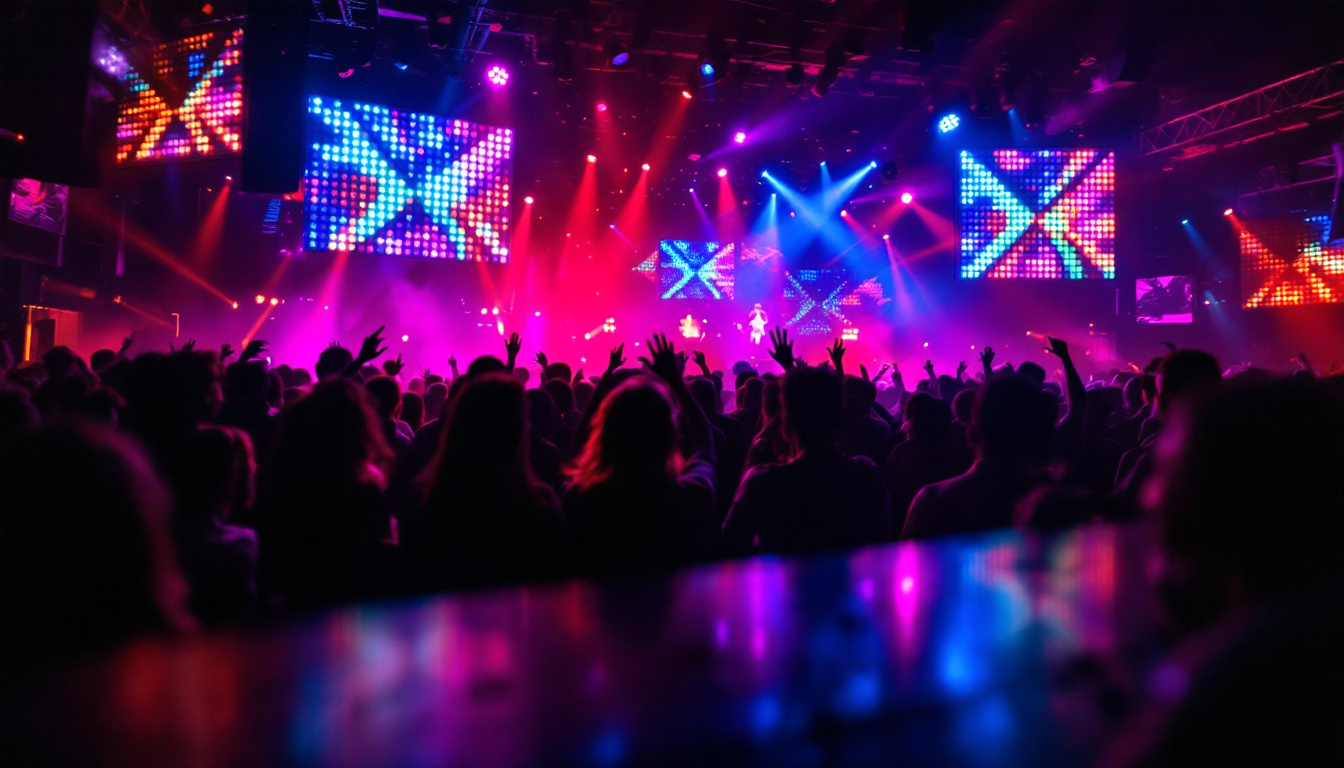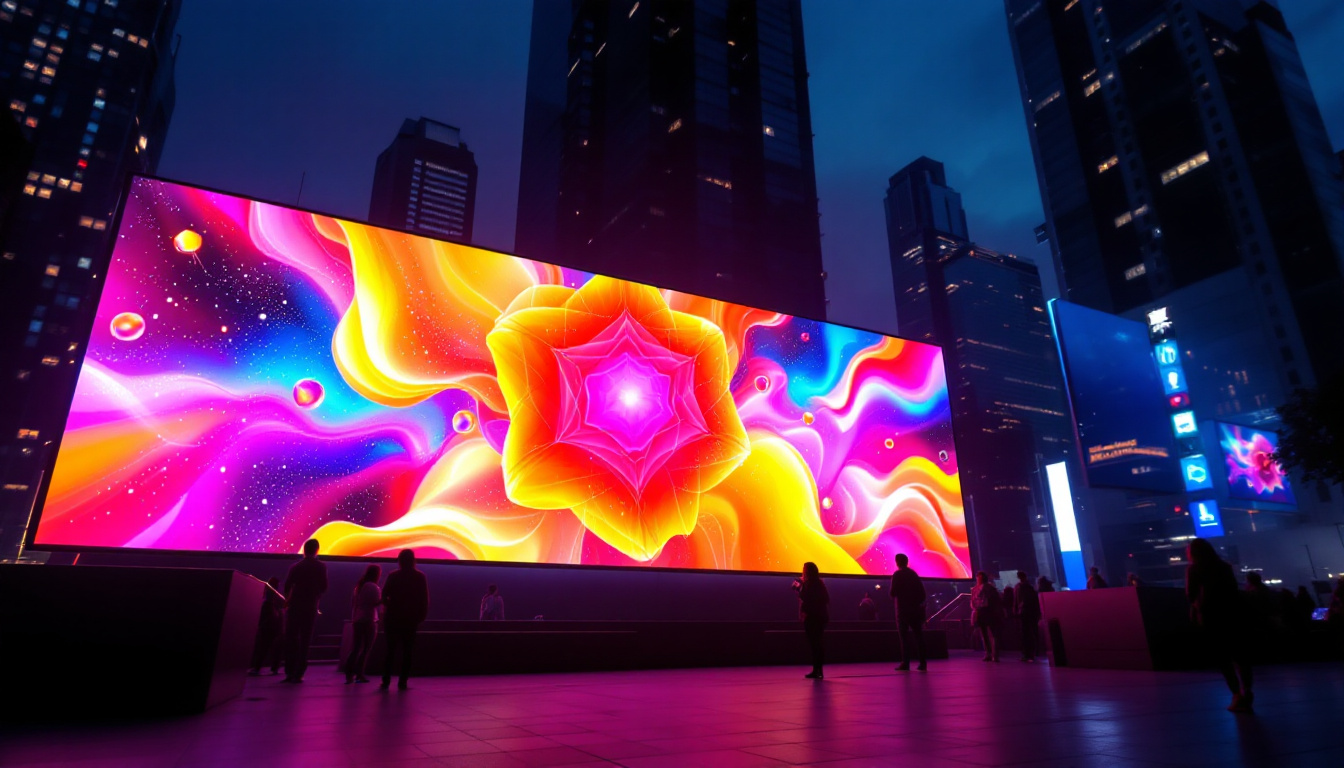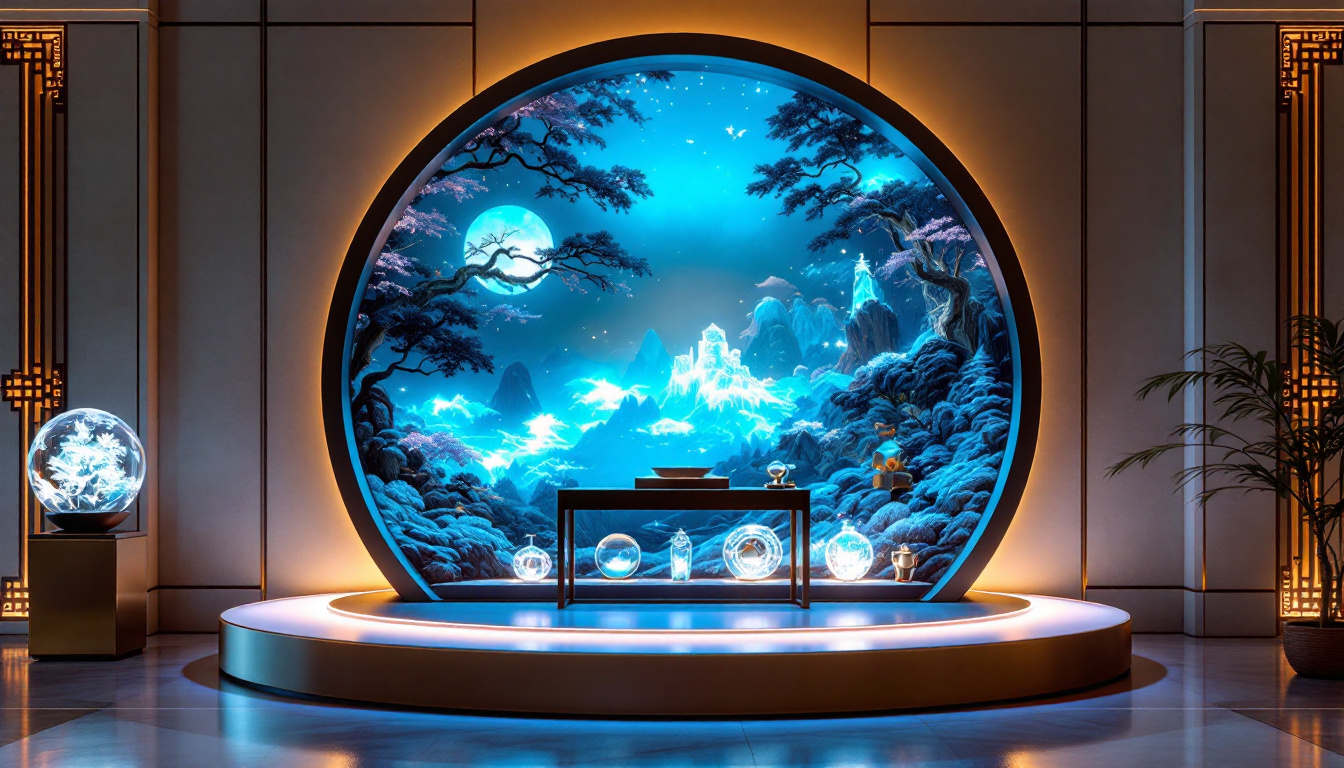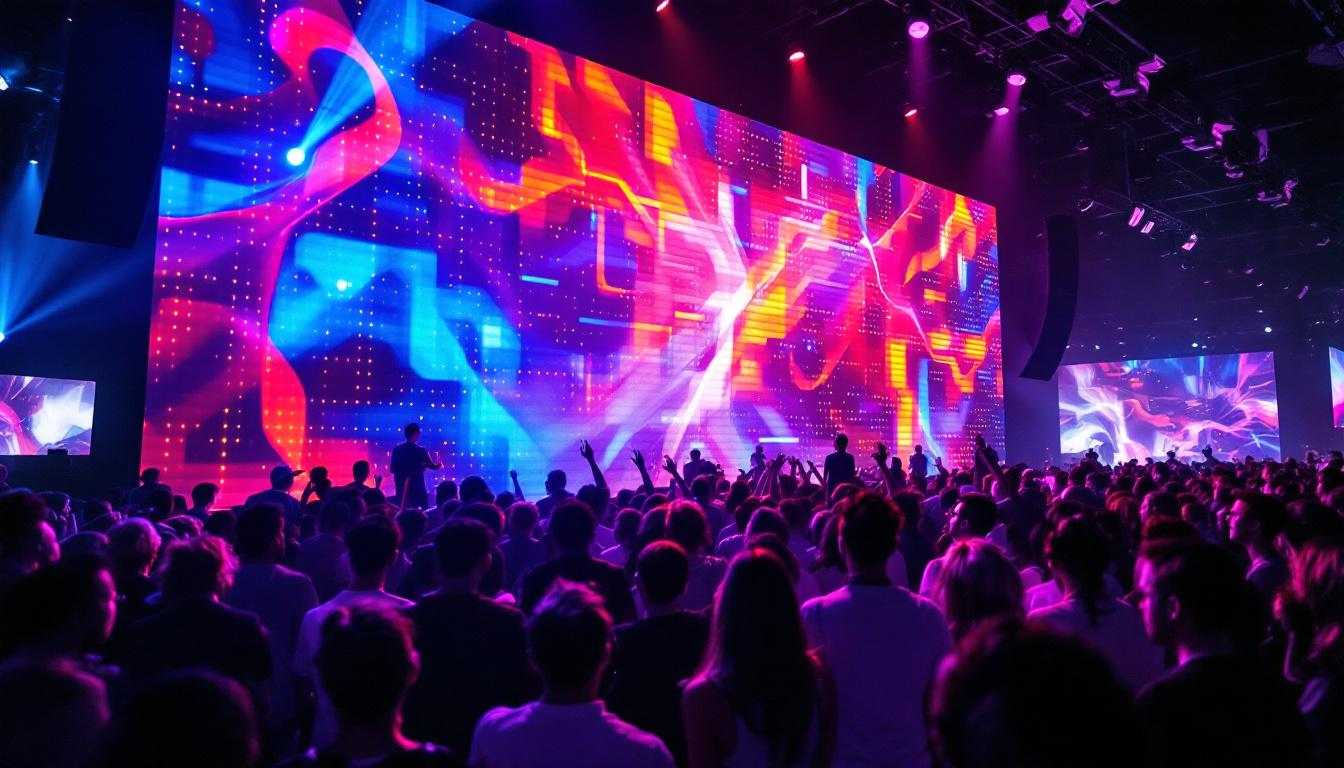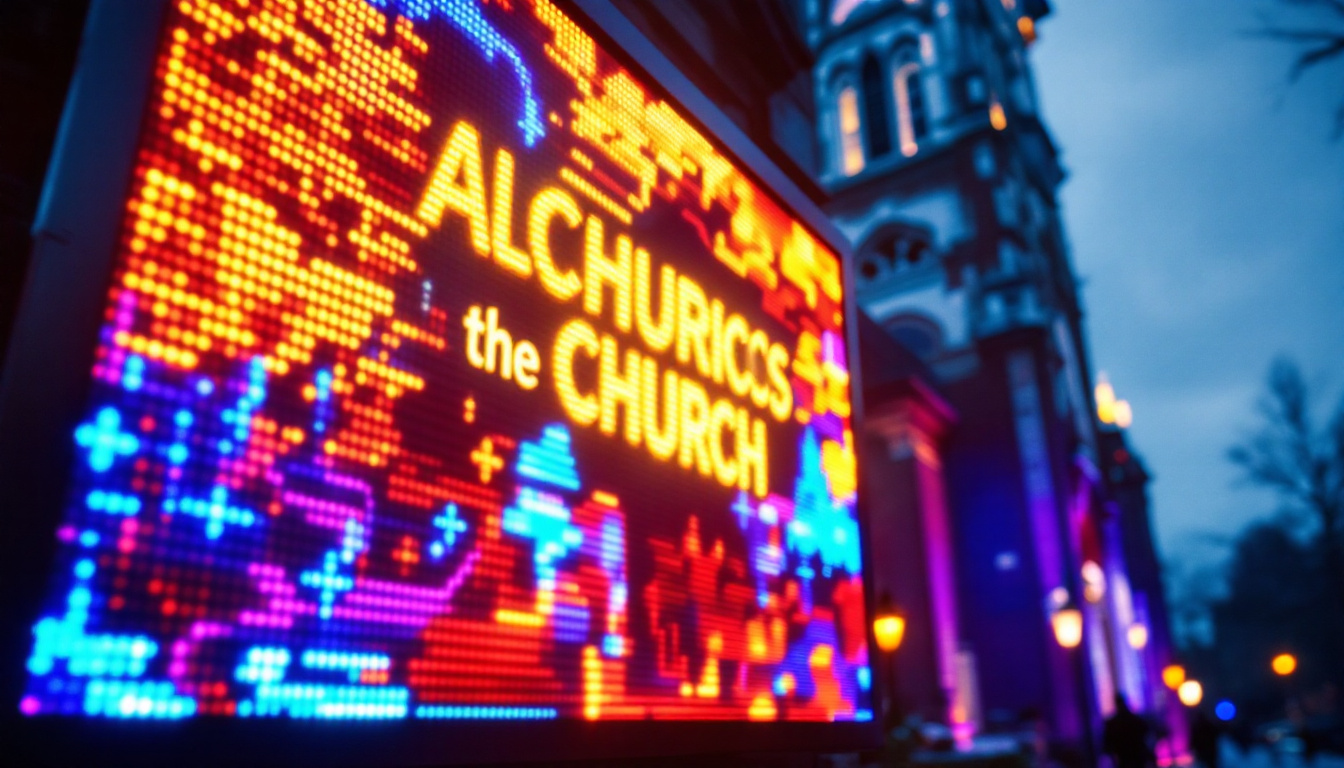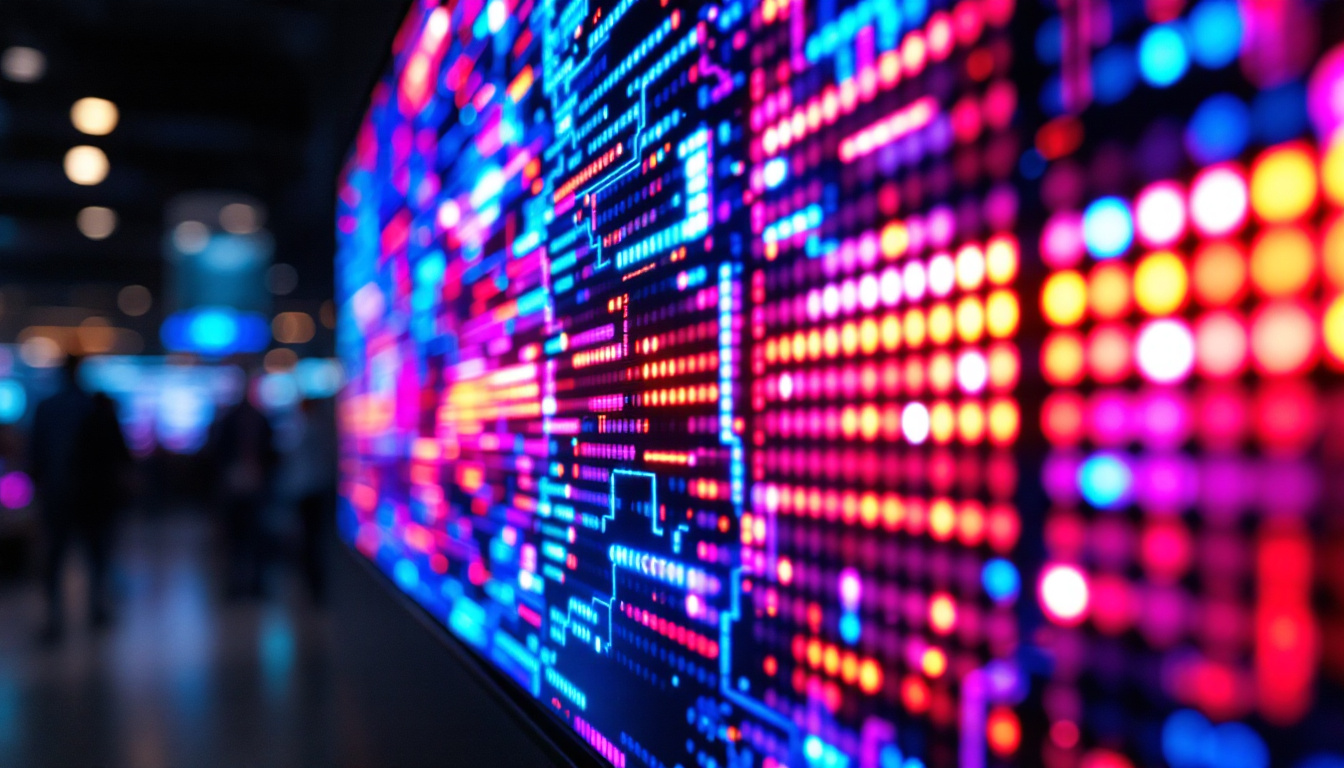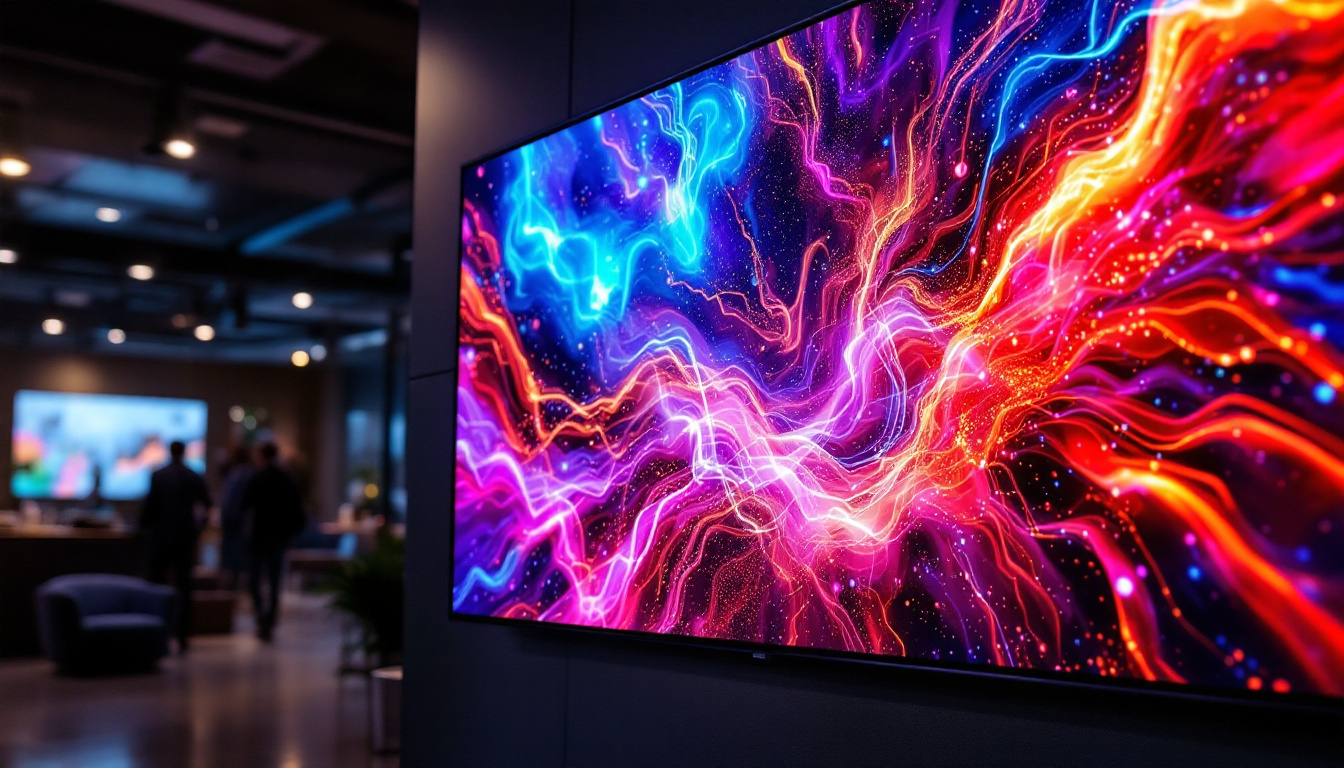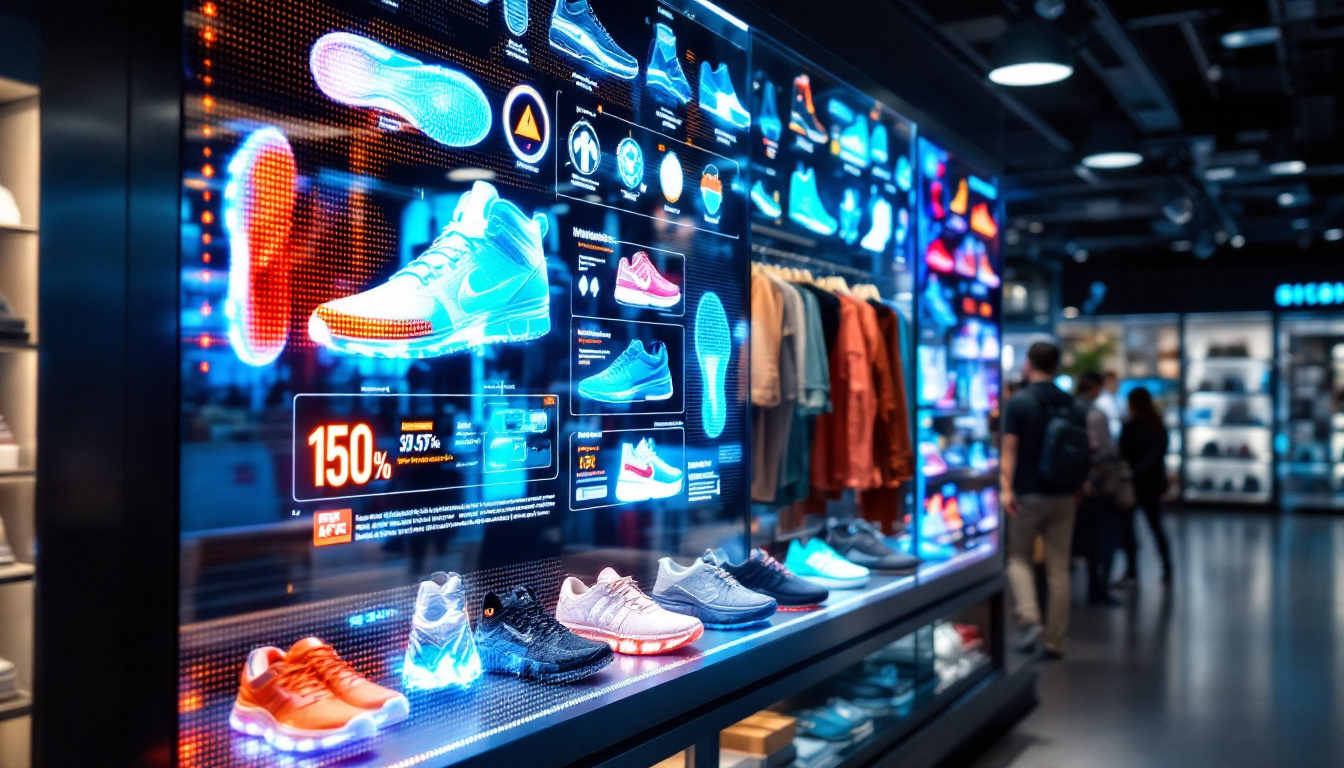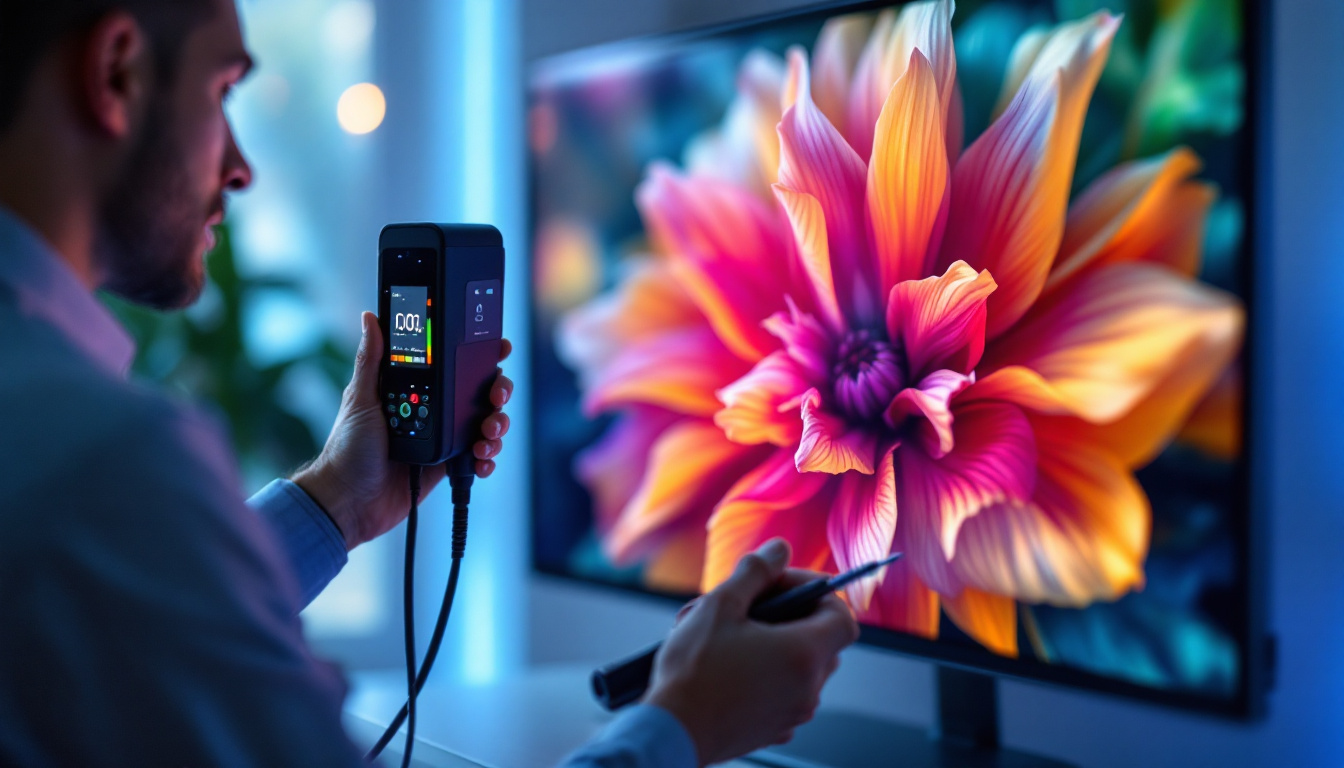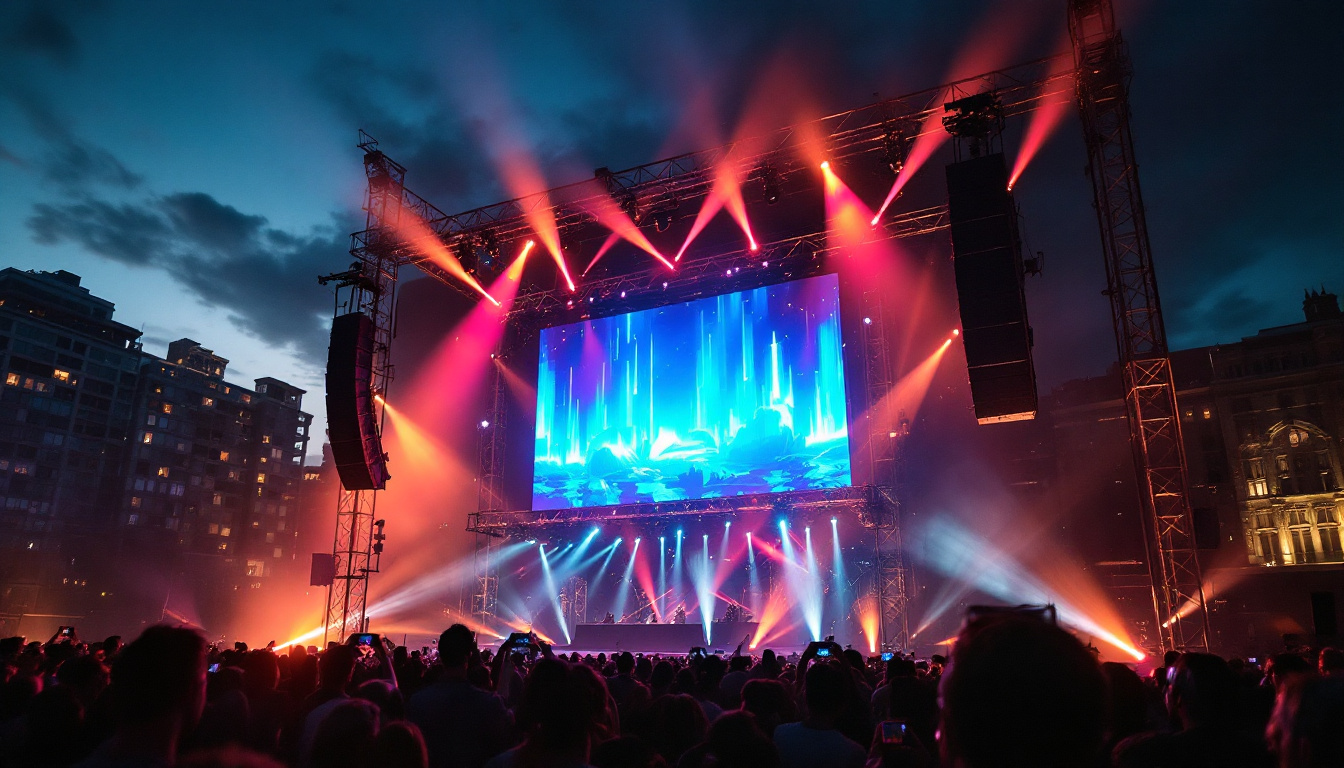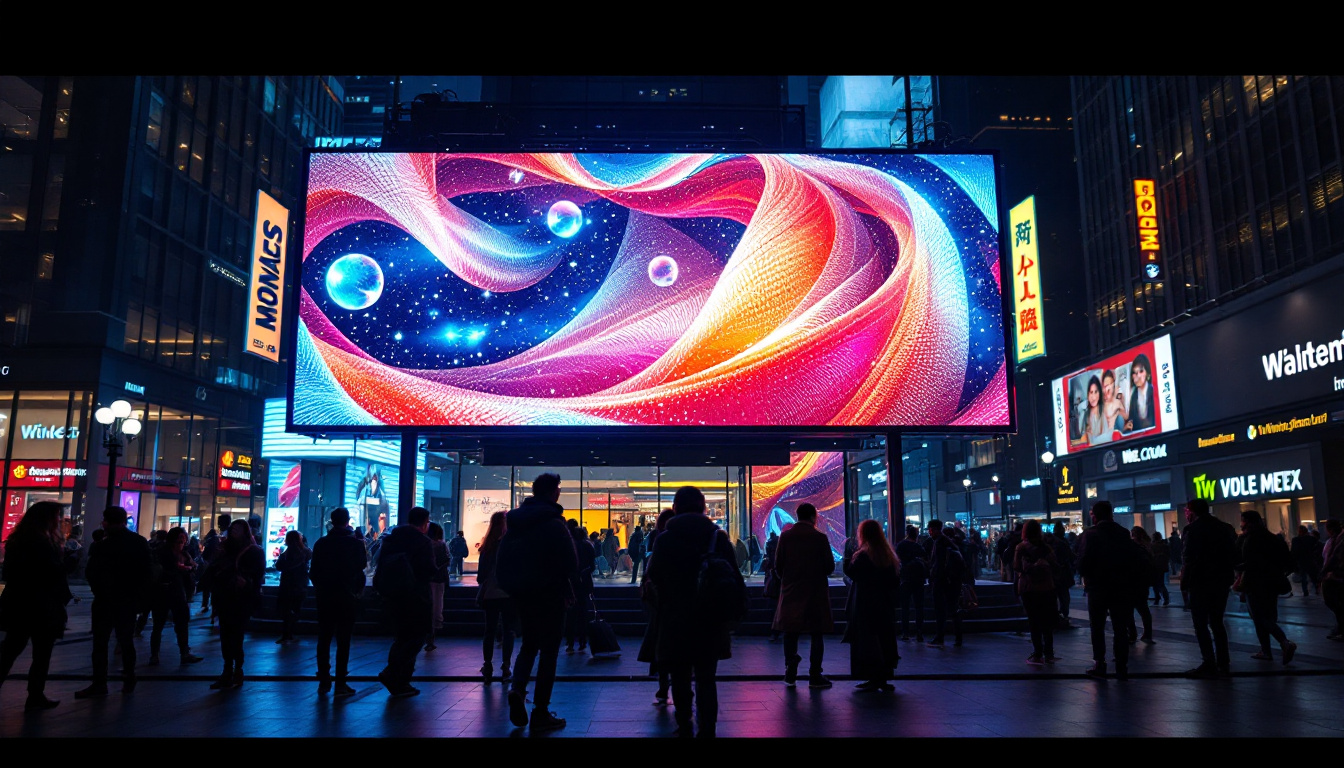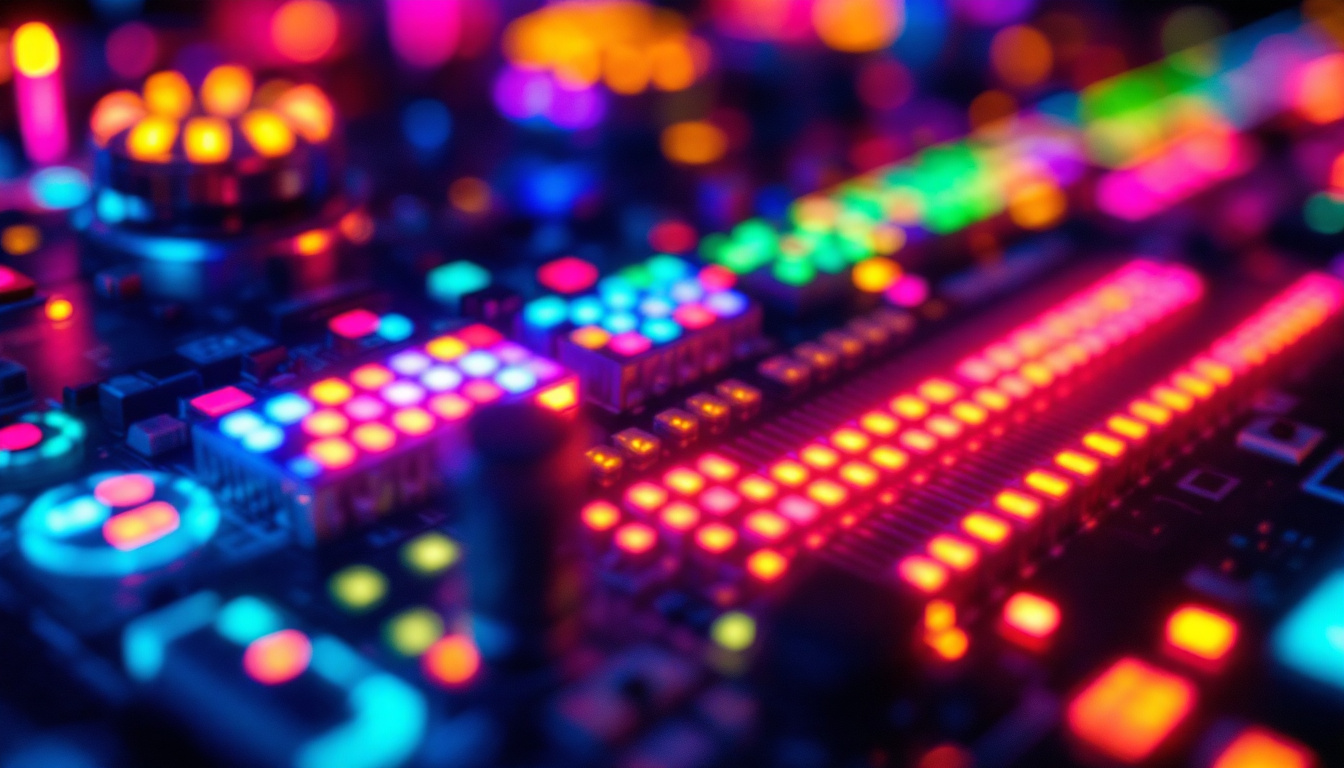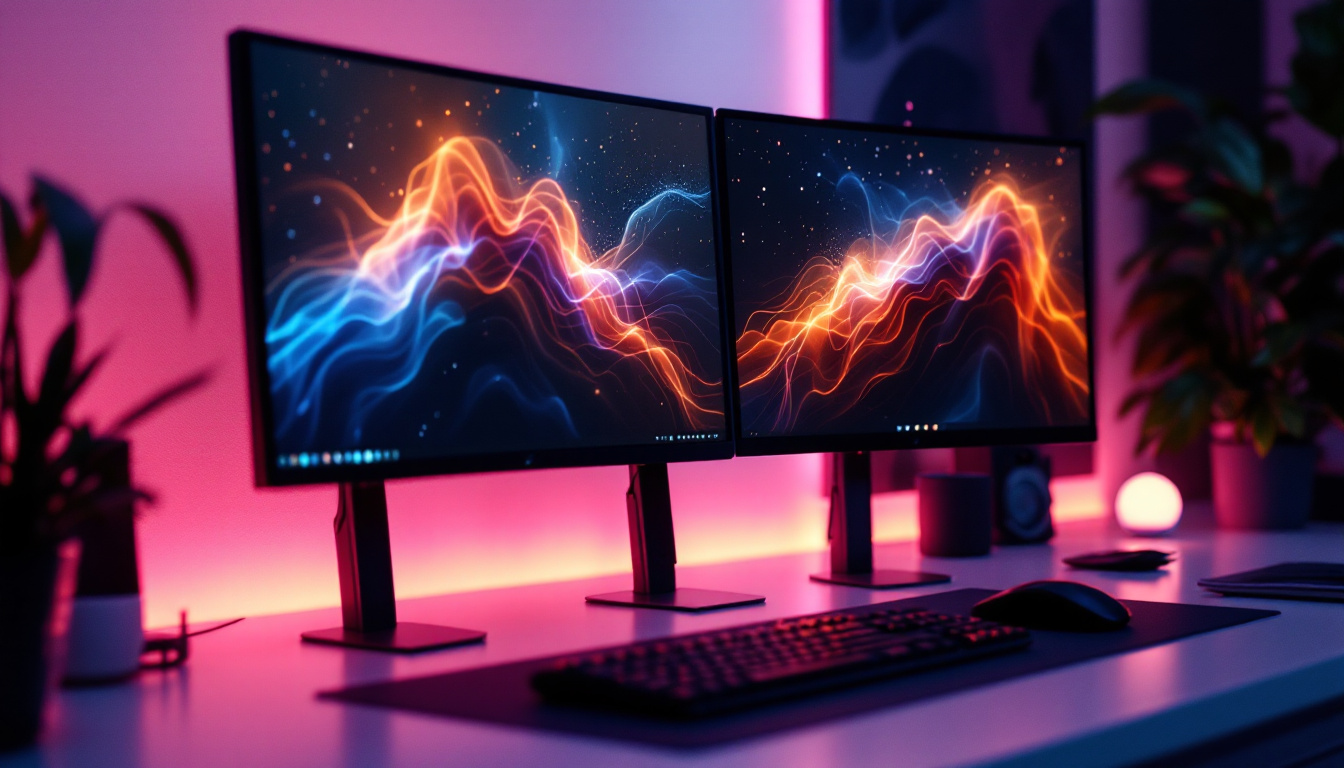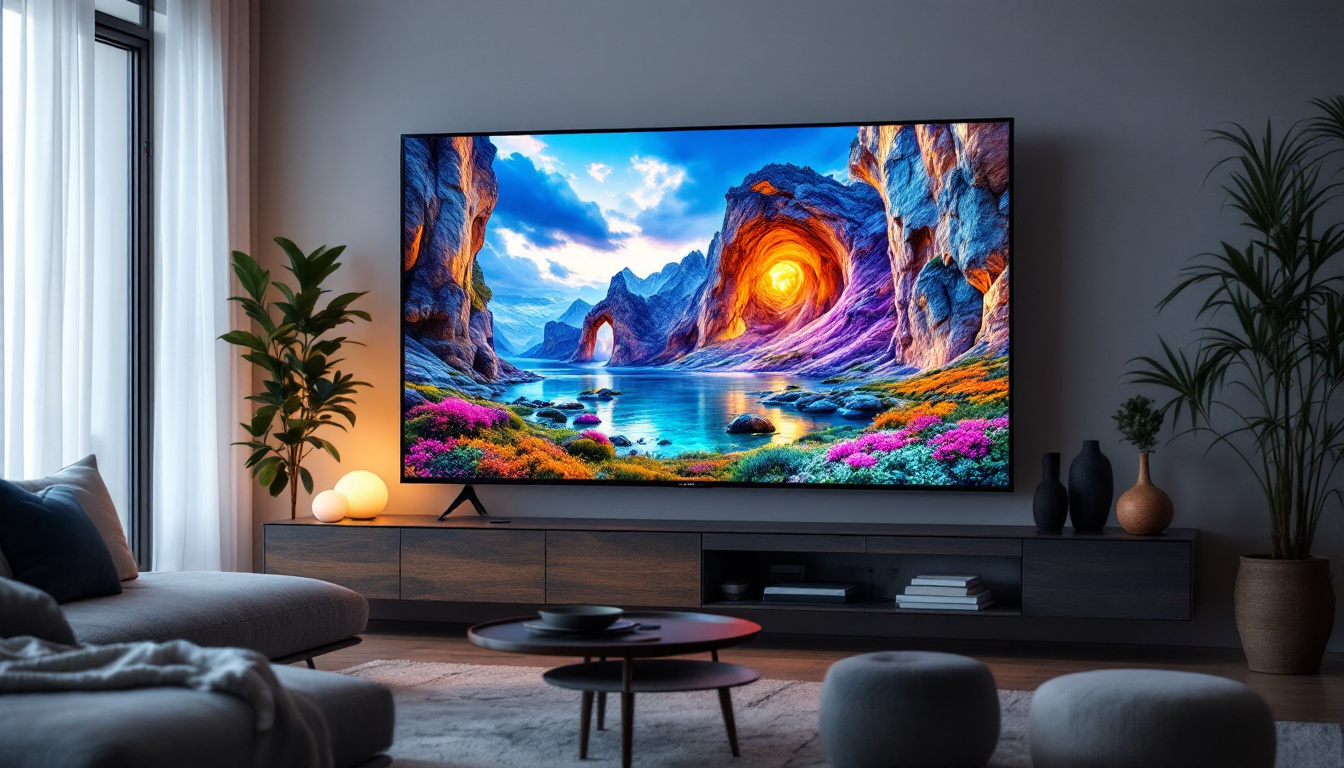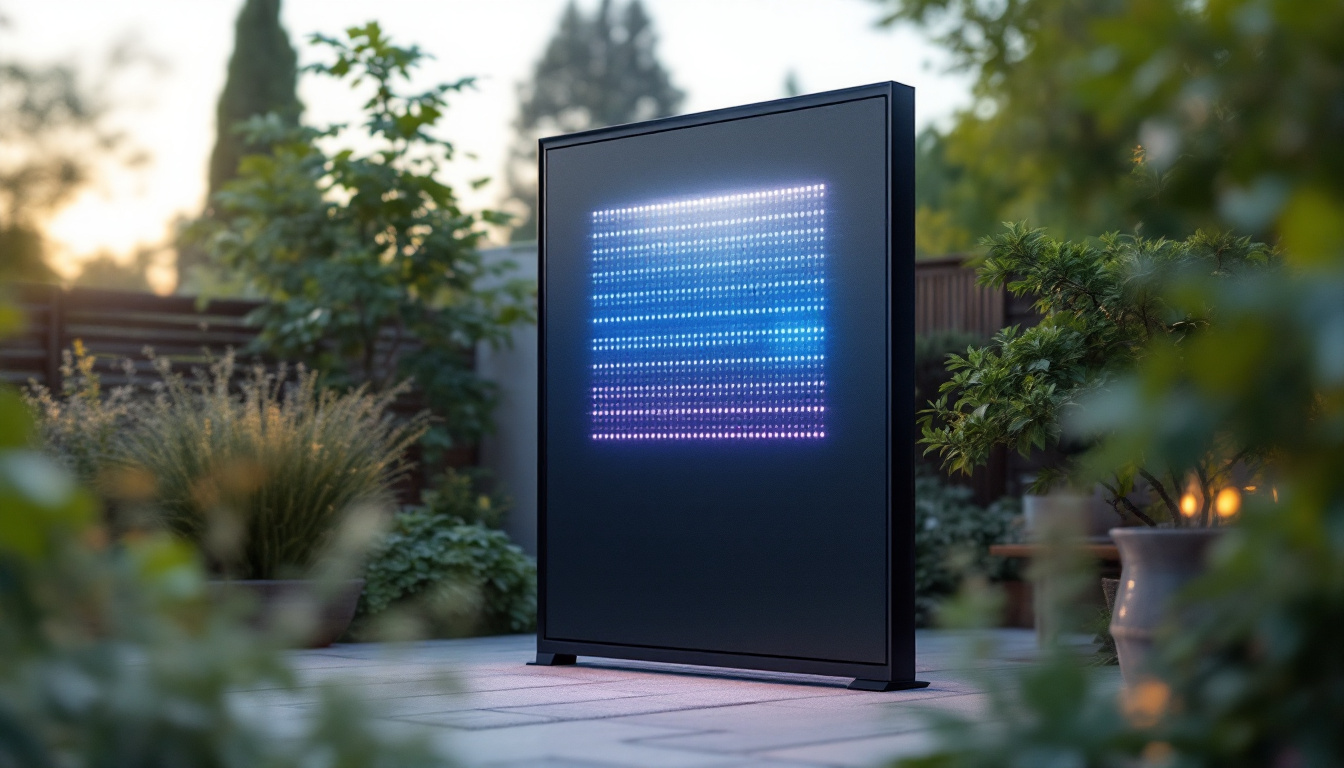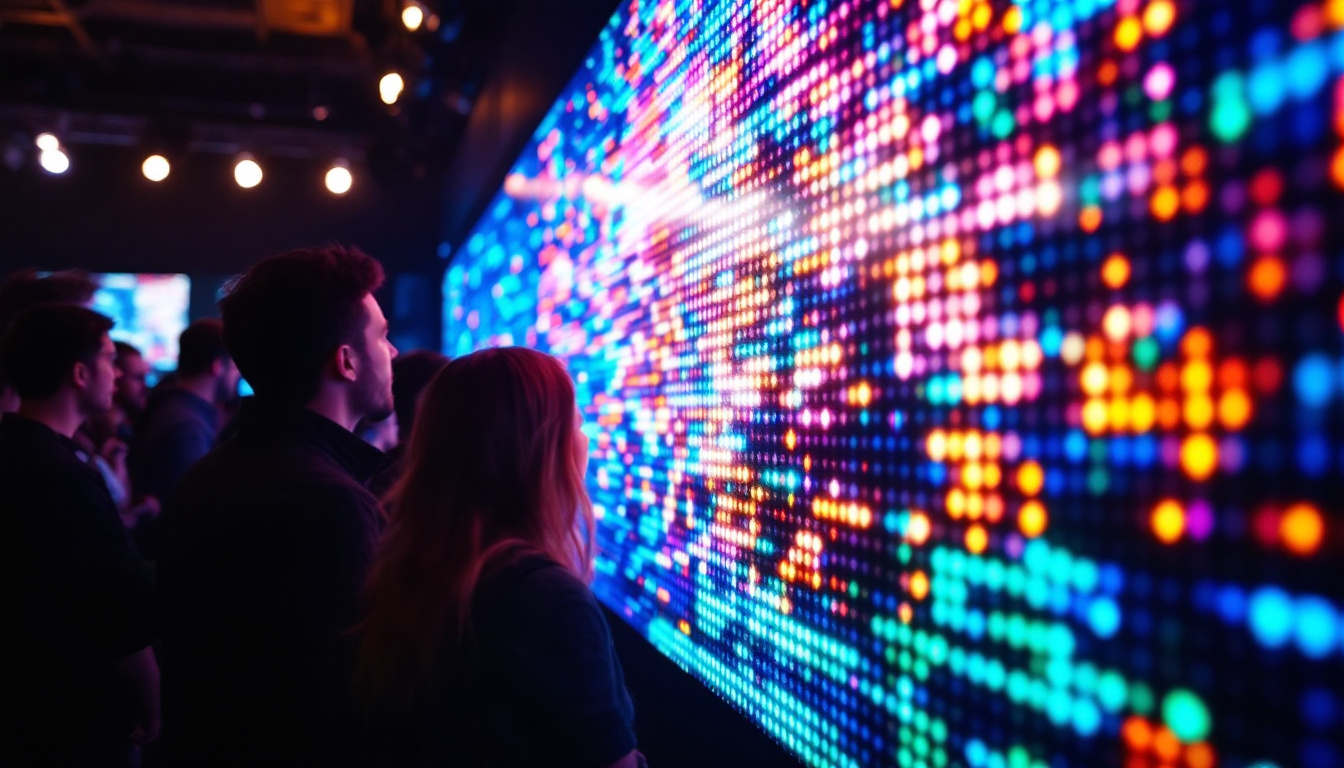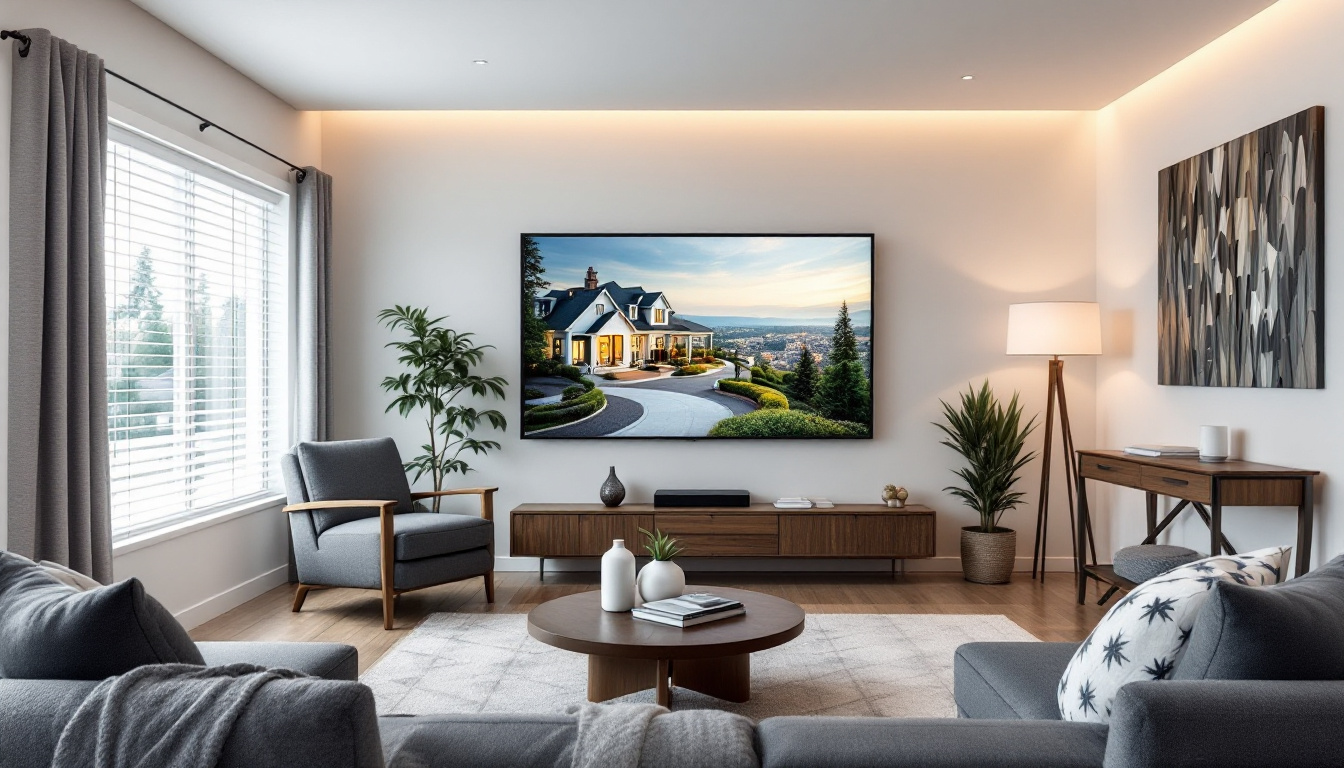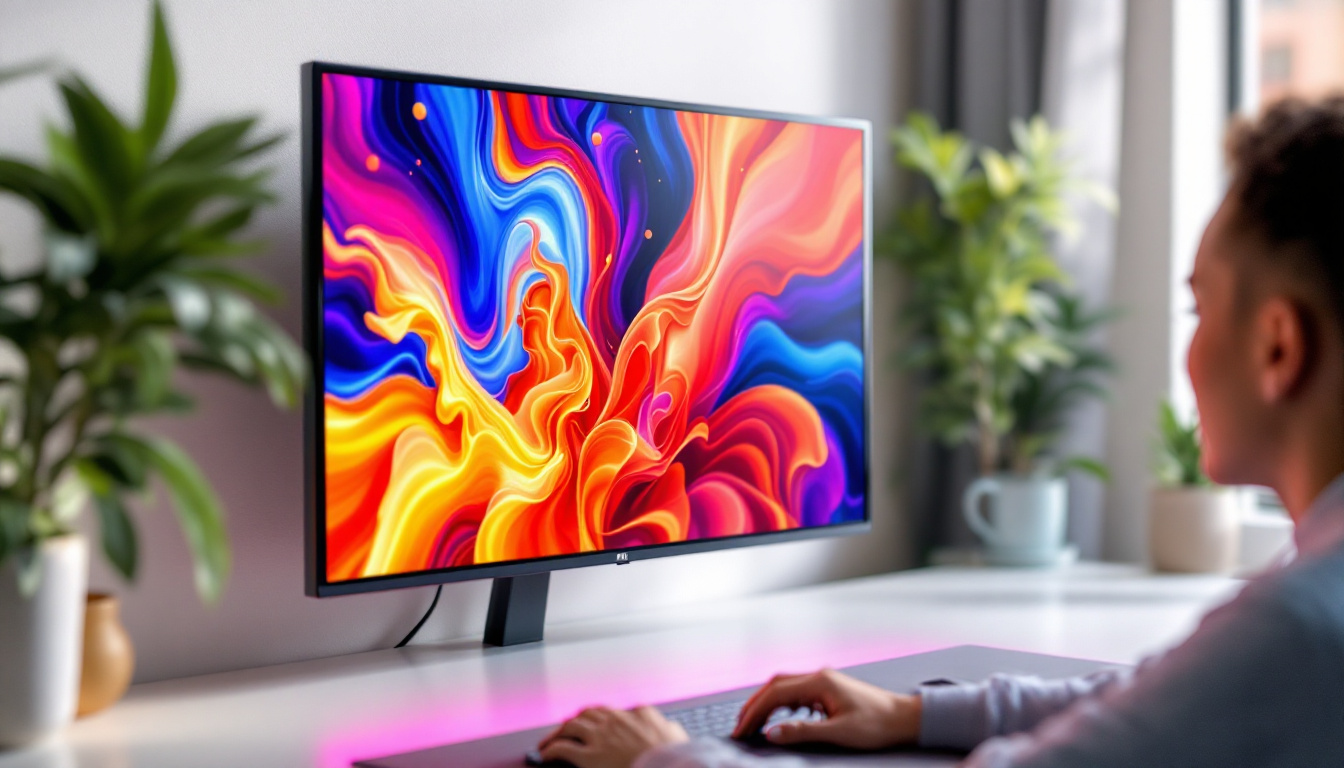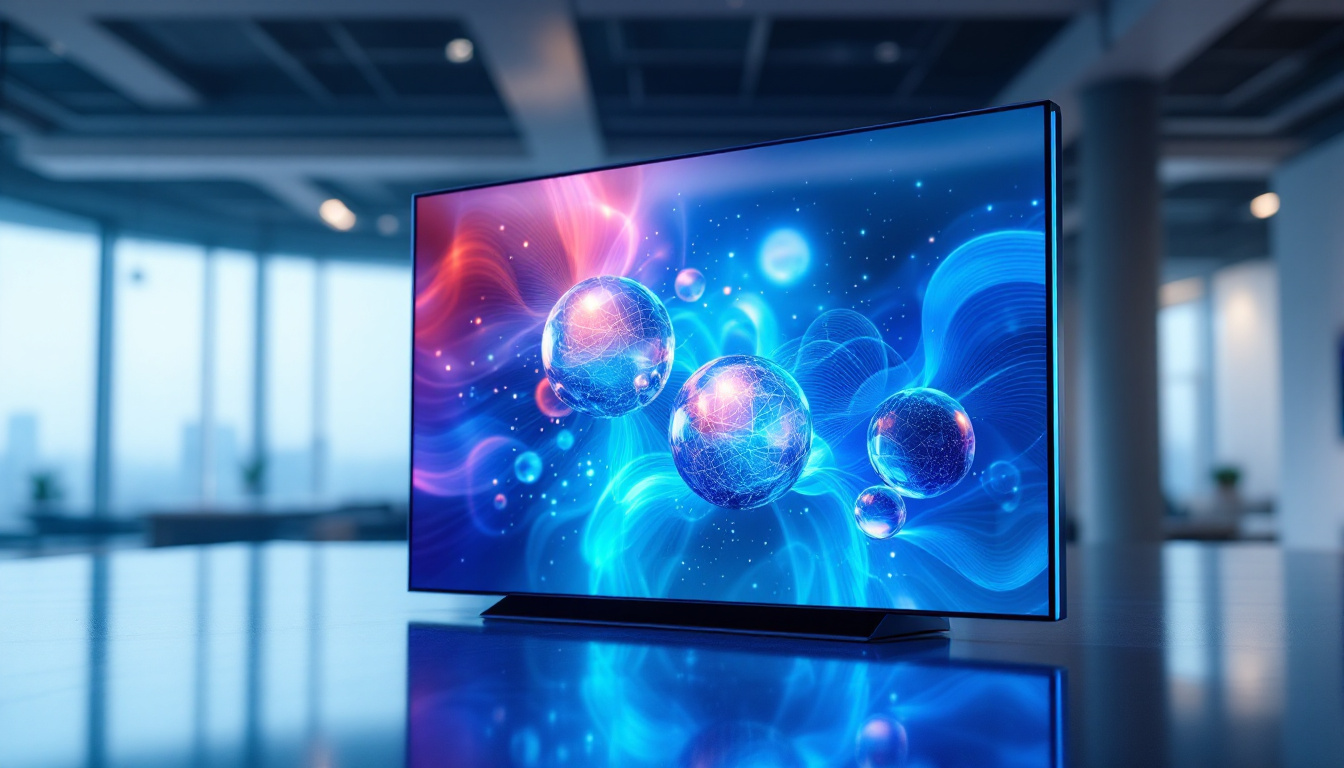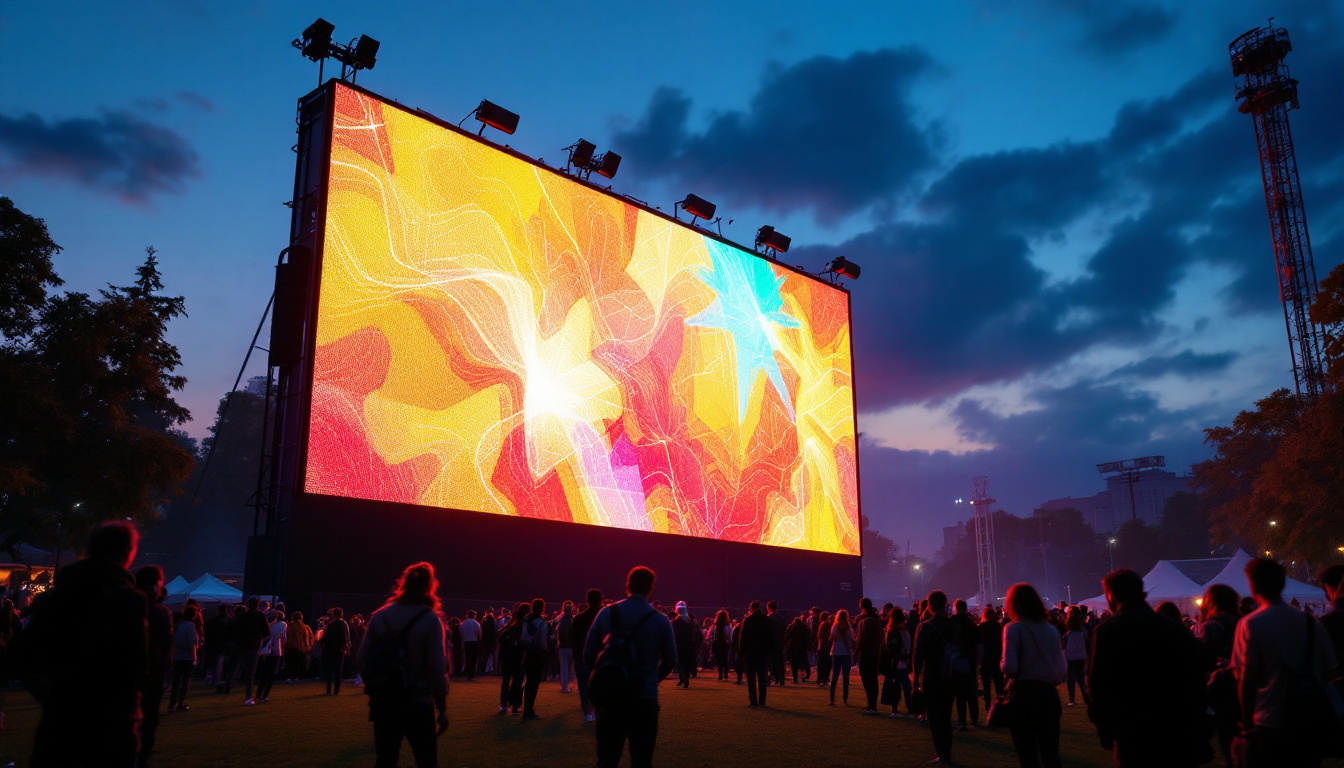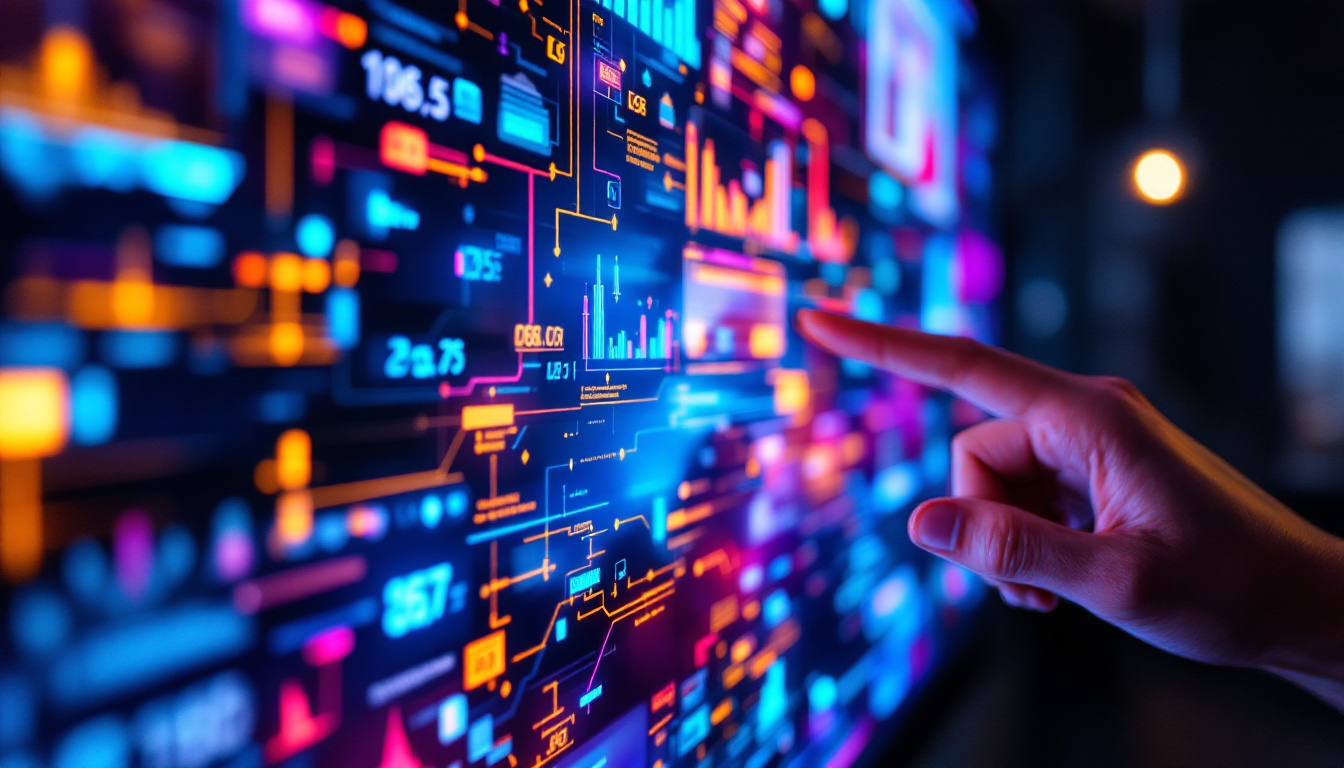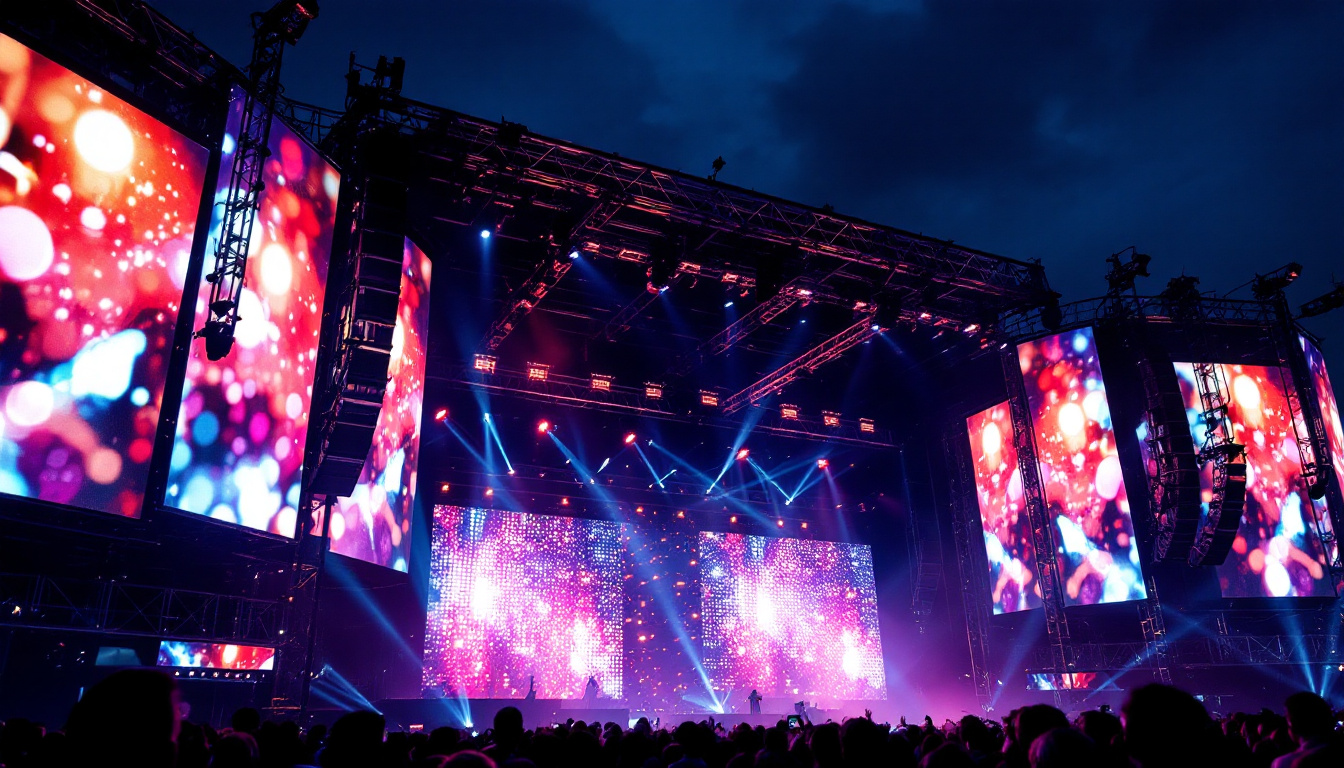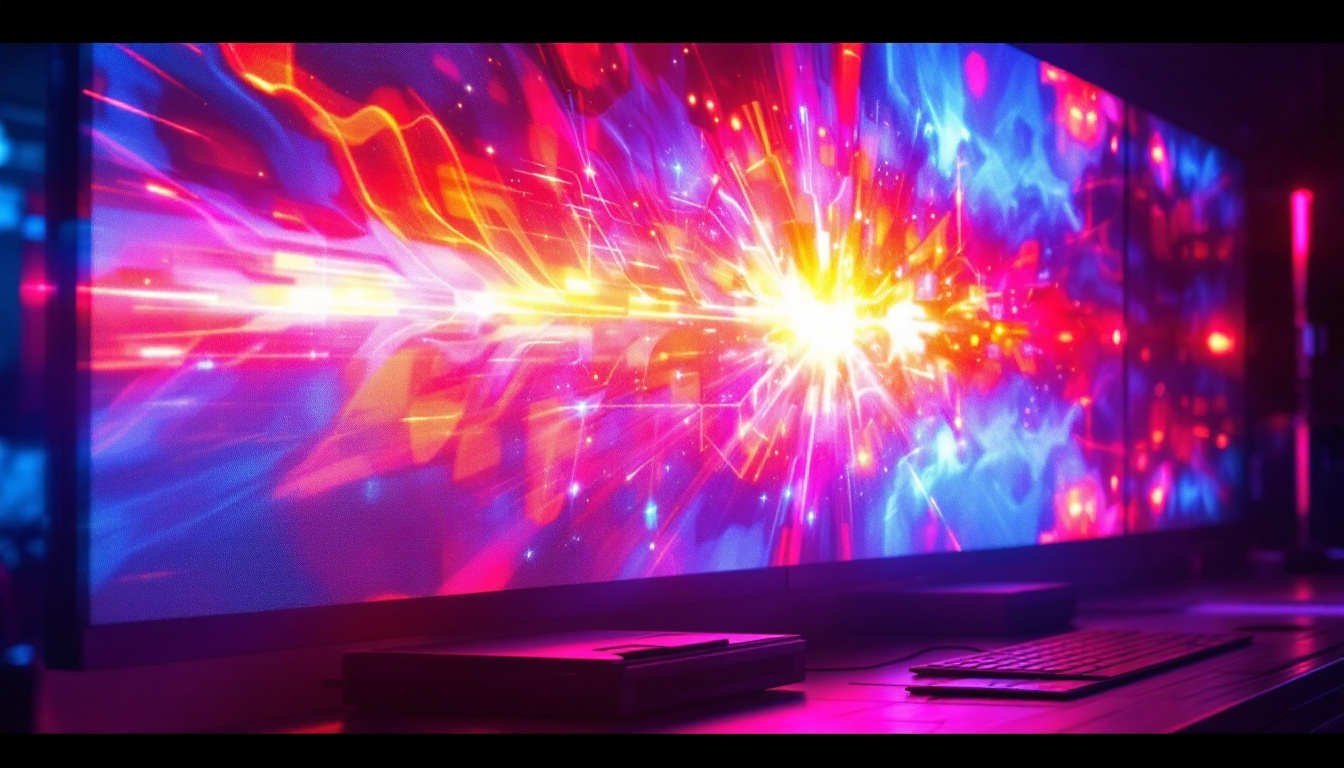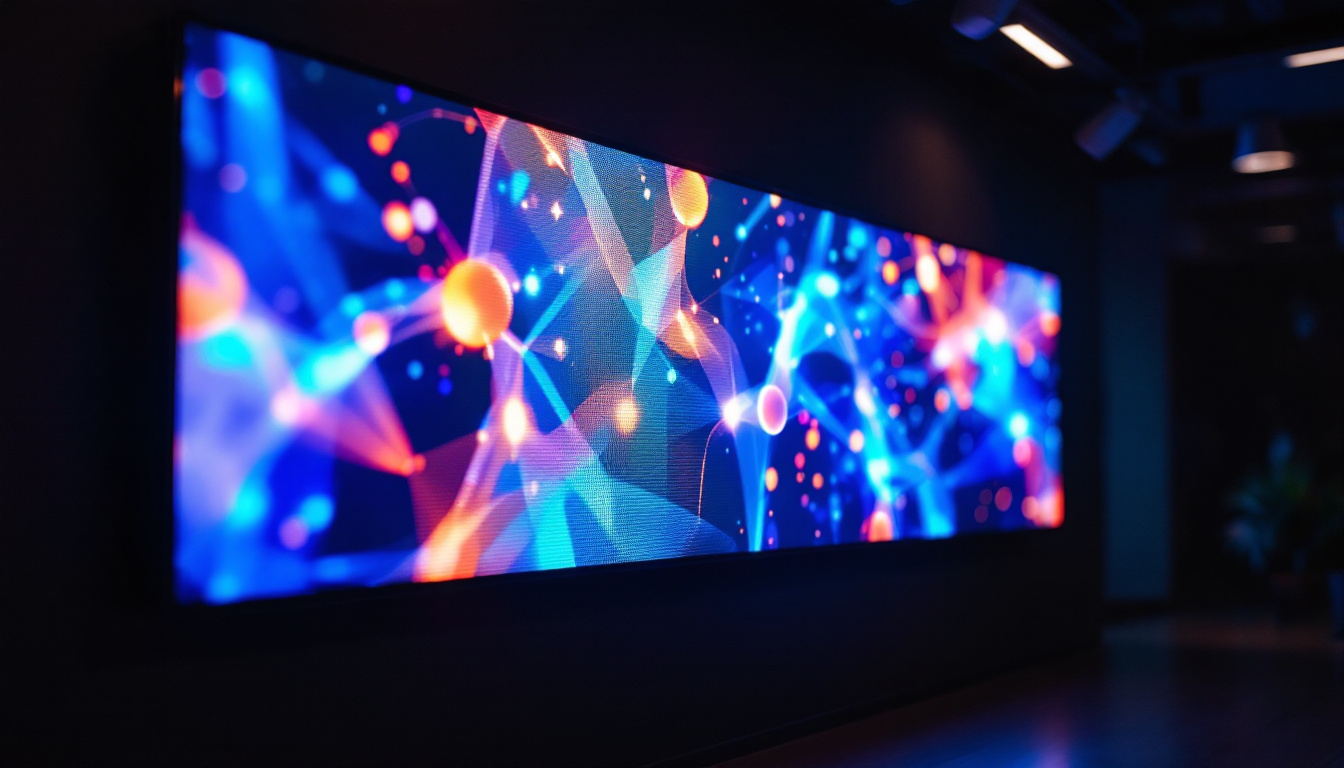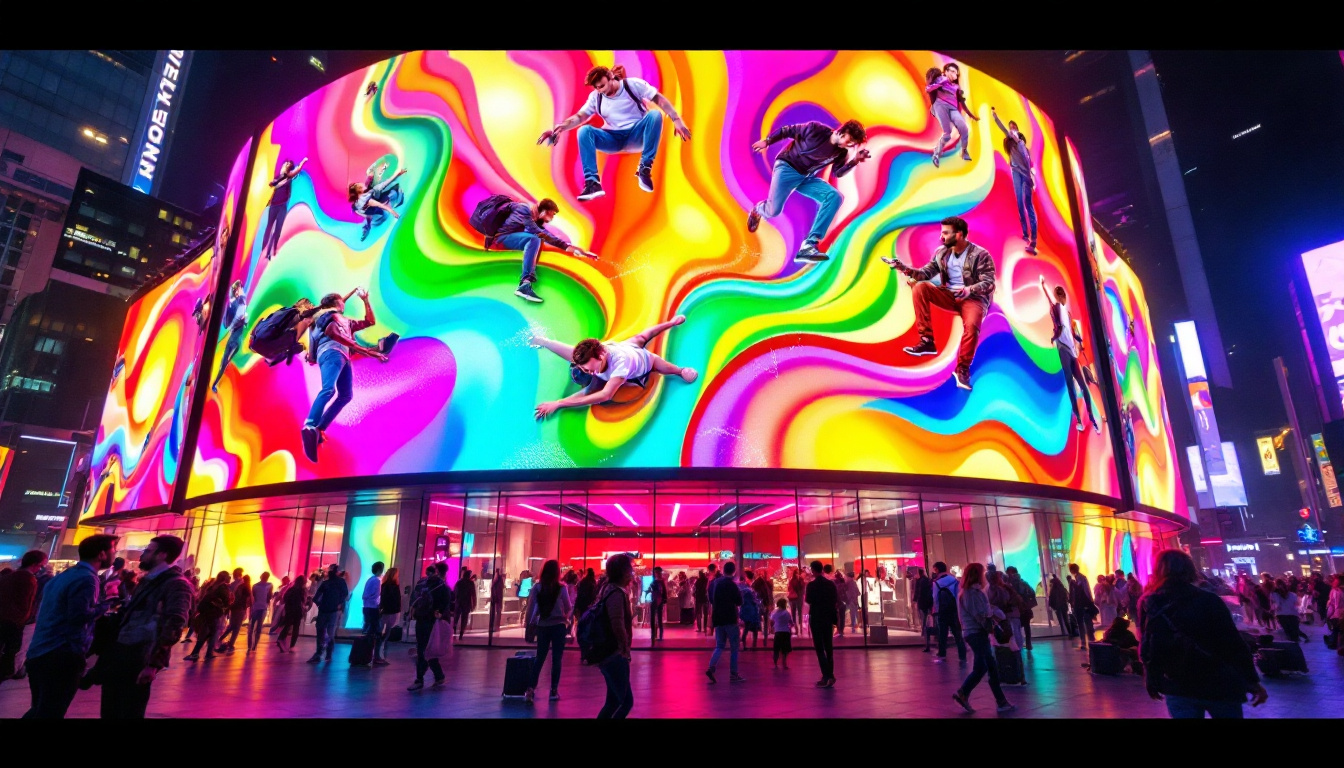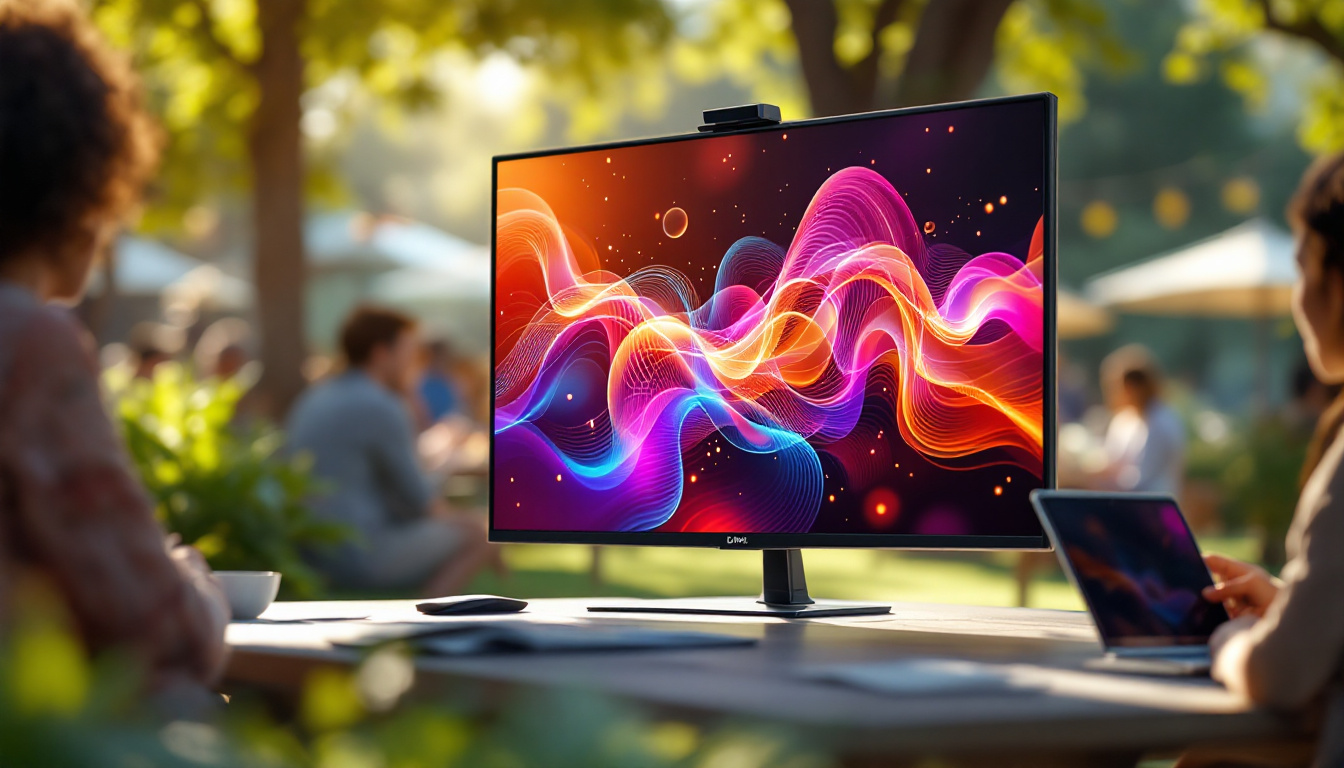In the realm of modern entertainment, LED displays have emerged as a transformative technology, captivating audiences with their vibrant colors and dynamic visuals. From concerts and sporting events to theatrical performances and advertising, LED lights play a pivotal role in creating immersive experiences. This article delves into the intricacies of LED displays, exploring their technology, applications, and the future of entertainment lighting.
Understanding LED Technology
Light Emitting Diodes (LEDs) are semiconductor devices that emit light when an electric current passes through them. This technology has evolved significantly since its inception, leading to the development of high-quality LED displays that are now ubiquitous in various entertainment settings. From vibrant billboards in bustling cities to the screens of our personal devices, LEDs have transformed the way we experience visual media.
The Science Behind LEDs
LEDs operate on a simple principle: when electrons move through a semiconductor material, they release energy in the form of photons, which we perceive as light. The color of the emitted light depends on the materials used in the semiconductor. By combining different colors, such as red, green, and blue (RGB), it is possible to create a full spectrum of colors, enabling stunning visual displays. This ability to mix colors not only enhances the aesthetic appeal but also allows for dynamic content that can captivate audiences.
This technology is incredibly efficient, consuming less power than traditional lighting solutions while offering greater brightness and longevity. LEDs can last tens of thousands of hours, making them a cost-effective choice for both temporary and permanent installations. Moreover, their low heat emission reduces cooling costs and enhances safety, making them suitable for a wide range of environments, including those that require stringent temperature controls.
Types of LED Displays
There are several types of LED displays, each suited for different applications. The most common types include:
- Direct View LED Displays: These are large screens composed of individual LED modules that can be arranged in various configurations. They are often used for outdoor advertising and large events.
- LED Video Walls: Comprising multiple smaller screens, LED video walls create a larger cohesive image. They are popular in concerts, festivals, and corporate events.
- Flexible LED Displays: These displays can bend and shape to fit various surfaces, allowing for creative designs and installations.
In addition to these common types, there are also specialized LED displays designed for specific applications. For instance, Transparent LED Displays are becoming increasingly popular in retail environments, allowing customers to see products behind the screen while still displaying vibrant advertisements. Similarly, High Dynamic Range (HDR) LED Displays enhance the contrast and color accuracy, making them ideal for professional video production and broadcasting. As technology continues to advance, we can expect to see even more innovative applications of LED displays, further integrating them into our daily lives and enhancing our visual experiences.
Applications of LED Displays in Entertainment
LED displays have found extensive applications across the entertainment industry, enhancing visual storytelling and audience engagement. Their versatility allows for creative expression in various formats.
Concerts and Live Events
In live performances, LED displays serve as a vital tool for artists to communicate their vision. They can be used to project images, videos, and animations that complement the music, creating a multi-sensory experience for the audience. The ability to synchronize visuals with sound enhances the emotional impact of the performance.
Moreover, LED screens can be designed to be modular, allowing for unique shapes and configurations that fit the stage design. This adaptability enables artists to push the boundaries of traditional stage setups, resulting in unforgettable experiences. For instance, some concerts have utilized massive LED walls that wrap around the stage, immersing the audience in a 360-degree visual spectacle. This innovative use of technology not only captivates the audience but also creates a sense of unity between the performers and their fans, making every show a memorable event.
Theatrical Productions
Theater productions have also embraced LED technology, using it to create dynamic backdrops and set pieces. With the ability to change visuals instantaneously, directors can transport audiences to different locations and times without the need for elaborate set changes.
LED displays can also be integrated with lighting effects to create a cohesive visual narrative. This integration allows for more profound storytelling, as the visuals can shift in response to the actors’ performances, enhancing the overall atmosphere of the production. For example, during a dramatic scene, the backdrop might transition from a serene landscape to a stormy sky, reflecting the emotional turmoil of the characters. Additionally, the use of LED technology can significantly reduce the logistical challenges associated with traditional scenery, allowing for more creative freedom and experimentation in stage design.
Advertising and Branding
In the realm of advertising, LED displays are a powerful tool for brands to capture attention. Their brightness and clarity make them ideal for outdoor billboards and digital signage in high-traffic areas. Brands can showcase their products through eye-catching visuals that can be updated in real-time, allowing for timely promotions and announcements.
Moreover, the ability to display high-definition video content on LED screens enables brands to tell compelling stories that resonate with consumers. This dynamic approach to advertising can significantly enhance brand visibility and engagement. For instance, during major sporting events, brands often leverage large LED screens to broadcast live content, engage with fans, and create interactive experiences that draw viewers in. This not only amplifies the reach of their campaigns but also fosters a deeper connection with the audience, as they feel part of the action. Additionally, the use of LED displays in experiential marketing allows brands to create immersive environments that leave lasting impressions on consumers, further solidifying their brand identity in a competitive marketplace.
Benefits of LED Displays
The advantages of utilizing LED displays in entertainment are numerous, contributing to their widespread adoption across various sectors.
Energy Efficiency
One of the most significant benefits of LED technology is its energy efficiency. Compared to traditional lighting solutions, LEDs consume significantly less power, which is especially beneficial for large-scale installations. This reduced energy consumption not only lowers operational costs but also minimizes the environmental impact, making LEDs a more sustainable choice.
High Brightness and Visibility
LED displays are known for their exceptional brightness, making them visible even in daylight. This quality is crucial for outdoor applications, where sunlight can wash out other types of displays. The high visibility of LED screens ensures that messages are conveyed effectively, regardless of the lighting conditions.
Durability and Longevity
LED displays are built to withstand the rigors of various environments. They are resistant to shock, vibration, and weather conditions, making them suitable for both indoor and outdoor use. Furthermore, their long lifespan means that they require less frequent replacements, resulting in lower maintenance costs over time.
Challenges and Considerations
While LED displays offer numerous benefits, there are challenges and considerations that must be addressed to maximize their effectiveness in entertainment.
Initial Costs
Despite their long-term cost savings, the initial investment for LED displays can be substantial. This upfront cost may deter some organizations from adopting this technology, especially smaller venues or productions with limited budgets. However, it is essential to consider the potential return on investment through energy savings and increased audience engagement.
Technical Expertise
Implementing LED displays requires a certain level of technical expertise. From installation to programming and maintenance, having skilled personnel is crucial to ensure optimal performance. Organizations may need to invest in training or hire specialized staff to manage these systems effectively.
Content Creation
Creating engaging content for LED displays is an art form in itself. The visuals must be designed to complement the performance or message being conveyed. This requires collaboration between lighting designers, content creators, and the performers to ensure a cohesive experience. Organizations may need to allocate resources for content development to maximize the impact of their LED displays.
The Future of LED Displays in Entertainment
The future of LED displays in the entertainment industry is bright, with ongoing advancements in technology and creative applications on the horizon.
Innovations in Technology
As technology continues to evolve, LED displays are becoming more sophisticated. Innovations such as microLED and organic LED (OLED) technology promise to deliver even higher resolutions, improved color accuracy, and greater flexibility in display design. These advancements will further enhance the visual experience for audiences, allowing for more immersive storytelling.
Integration with Augmented Reality
The integration of LED displays with augmented reality (AR) is an exciting development that has the potential to revolutionize entertainment experiences. By overlaying digital content onto the physical world, performers can create interactive experiences that engage audiences in new and innovative ways. This fusion of technology and creativity will redefine how stories are told and experienced.
Sustainability Initiatives
As the entertainment industry increasingly prioritizes sustainability, LED technology is well-positioned to lead the way. With its energy efficiency and long lifespan, LEDs contribute to reducing the carbon footprint of events and installations. Future developments may focus on further enhancing the sustainability of LED displays, including recyclable materials and eco-friendly manufacturing processes.
Conclusion
LED displays have become an integral part of the entertainment landscape, offering a multitude of benefits that enhance visual storytelling and audience engagement. As technology continues to advance, the possibilities for creative applications are limitless. While challenges remain, the advantages of LED displays far outweigh the drawbacks, making them a valuable asset for any entertainment production.
In an industry that thrives on innovation and creativity, LED displays are not just a trend; they are a fundamental component of the future of entertainment. As artists and brands continue to explore the potential of this technology, audiences can expect even more captivating and immersive experiences in the years to come.
Illuminate Your Vision with LumenMatrix
Ready to elevate your entertainment experience with cutting-edge LED display technology? LumenMatrix is at the forefront of innovation, offering a wide array of LED display solutions tailored to your needs. From Indoor and Outdoor LED Wall Displays to dynamic Vehicle and Sports LED Displays, our products are designed to captivate your audience and amplify your message. Discover the transformative power of LED displays and join the visual revolution with LumenMatrix. Check out LumenMatrix LED Display Solutions today and light up your brand’s potential.

